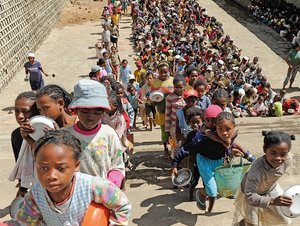Sustainable Development Goals

When the international community of states adopts the Sustainable Development Goals (SDGs) in New York in September 2015, the Millennium Development Goals (MDGs) will once and for all be a thing of the past. Although it cannot be denied that the MDGs have been successful – absolute poverty has been halved since 1990, and 90 per cent of children in developing countries are today completing primary education – the positive results should not distract attention away from the weaknesses. The MDGs have neglected one important factor in poverty reduction, that of empowering people, as they have the specific conditions in conflict-affected countries and the aspect of environmental sustainability. In addition, they have continued the traditional paternalist aid relations between the Global North and the Global South instead of abandoning them. Therefore – and also because power relations in the world have shifted immensely since the MDGs were adopted – countries agreed to replace the MDGs by a new set of goals. Our authors explain the essence of these Sustainable Development Goals, what is expected of them and, above all, what is needed for their ambitious agenda to be implemented. After all, the latest proposal has 17 goals and 169 targets.
- The Post-2015 Sustainable Development Goals: a historic opportunity(2015)
- Food and nutrition security in the SDGs – where are we heading?(2015)
- An ambitious post-2015 development agenda will depend on soils(2015)
- Monitoring progress on agriculture and rural development(2015)
- The SDGs – a paradigm shift towards more equality(2015)
- “One World – No Hunger” A look at the German Development Ministry’s Initiative(2015)
- SDGs: Better process, worse outcome(2015)
- Nature as a commodity, or: Does nature have a value?(2015)



